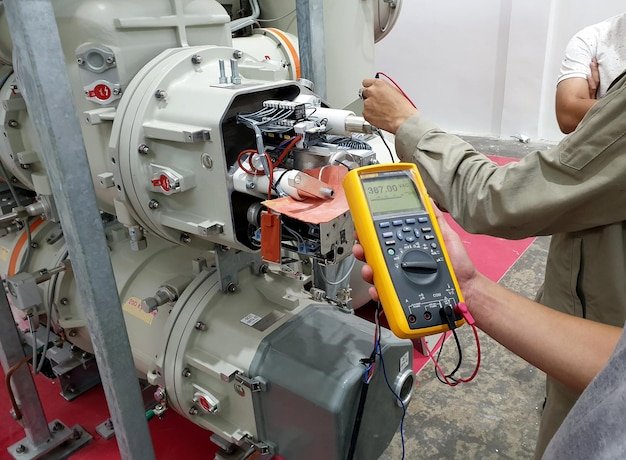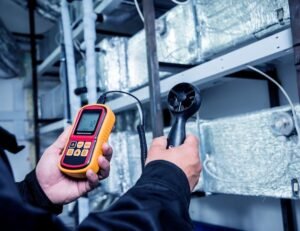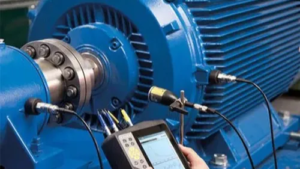In industrial environments, unplanned downtime due to motor failures can be catastrophic, leading to production delays, increased operational costs, and safety hazards. Traditional maintenance strategies such as reactive and time-based preventive maintenance often fall short in ensuring optimal asset reliability. This is where wireless vibration analysis plays a critical role in predictive maintenance (PdM)—offering real-time insights into motor health, reducing failure rates, and extending equipment lifespan.
Understanding Vibration Analysis in Motors
Vibration analysis is a cornerstone of condition monitoring in rotating machinery. Motors, generators, and other rotating equipment exhibit characteristic vibration patterns that can be analyzed to detect early signs of faults such as:
- Imbalance – Uneven mass distribution causing excessive radial forces.
- Misalignment – Shaft misalignment leading to increased wear and overheating.
- Bearing Wear – Deterioration of rolling elements leading to excessive noise and vibration.
- Looseness – Unsecured mechanical components causing irregular vibration patterns.
- Electrical Faults – Issues such as broken rotor bars or stator winding problems producing unique vibration signatures.
The Shift to Wireless Vibration Monitoring
Traditional vibration monitoring methods rely on wired sensors, requiring significant infrastructure investments and periodic manual data collection. Wireless vibration sensors, equipped with MEMS accelerometers and IoT connectivity, provide real-time condition monitoring with minimal setup and maintenance.
Key Benefits of Wireless Vibration Analysis:
- Continuous Monitoring: Enables 24/7 data collection, ensuring early fault detection.
- Remote Access: Technicians can analyze motor health from anywhere, reducing manual inspection costs.
- Scalability: Easily deployable across multiple motors and generators without complex wiring.
- Integration with IoT & AI: Advanced analytics platforms process vibration data, identifying trends and predicting failures with high accuracy.
- Cost Savings: Reduces unplanned downtime, optimizes maintenance schedules, and prolongs equipment life.
Implementing Wireless Vibration Analysis in Motors
To maximize the effectiveness of wireless vibration monitoring in predictive maintenance, consider the following best practices:
- Strategic Sensor Placement – Install sensors at critical points such as bearings, motor housings, and couplings to capture relevant vibration data.
- Data Acquisition & Analysis – Utilize cloud-based platforms to aggregate and analyze sensor data, using machine learning algorithms for anomaly detection.
- Threshold-Based Alerts – Configure automated alerts for vibration deviations beyond preset thresholds to trigger maintenance actions.
- Integration with CMMS – Sync vibration data with a Computerized Maintenance Management System (CMMS) for streamlined maintenance workflows.
- Periodic Validation – Conduct periodic checks to ensure sensor accuracy and system reliability.
Wireless vibration analysis is revolutionizing motor and generator maintenance, shifting the industry from reactive to predictive maintenance strategies. By leveraging IoT-enabled condition monitoring, industrial facilities can enhance reliability, reduce costs, and improve overall operational efficiency. As industries move toward Industry 4.0, adopting wireless vibration monitoring will be critical for staying competitive in an increasingly automated and data-driven environment.











